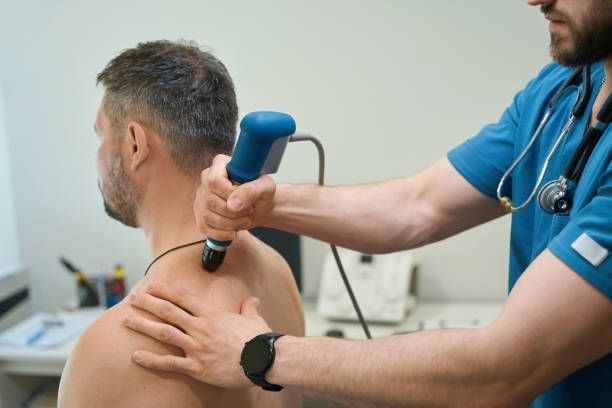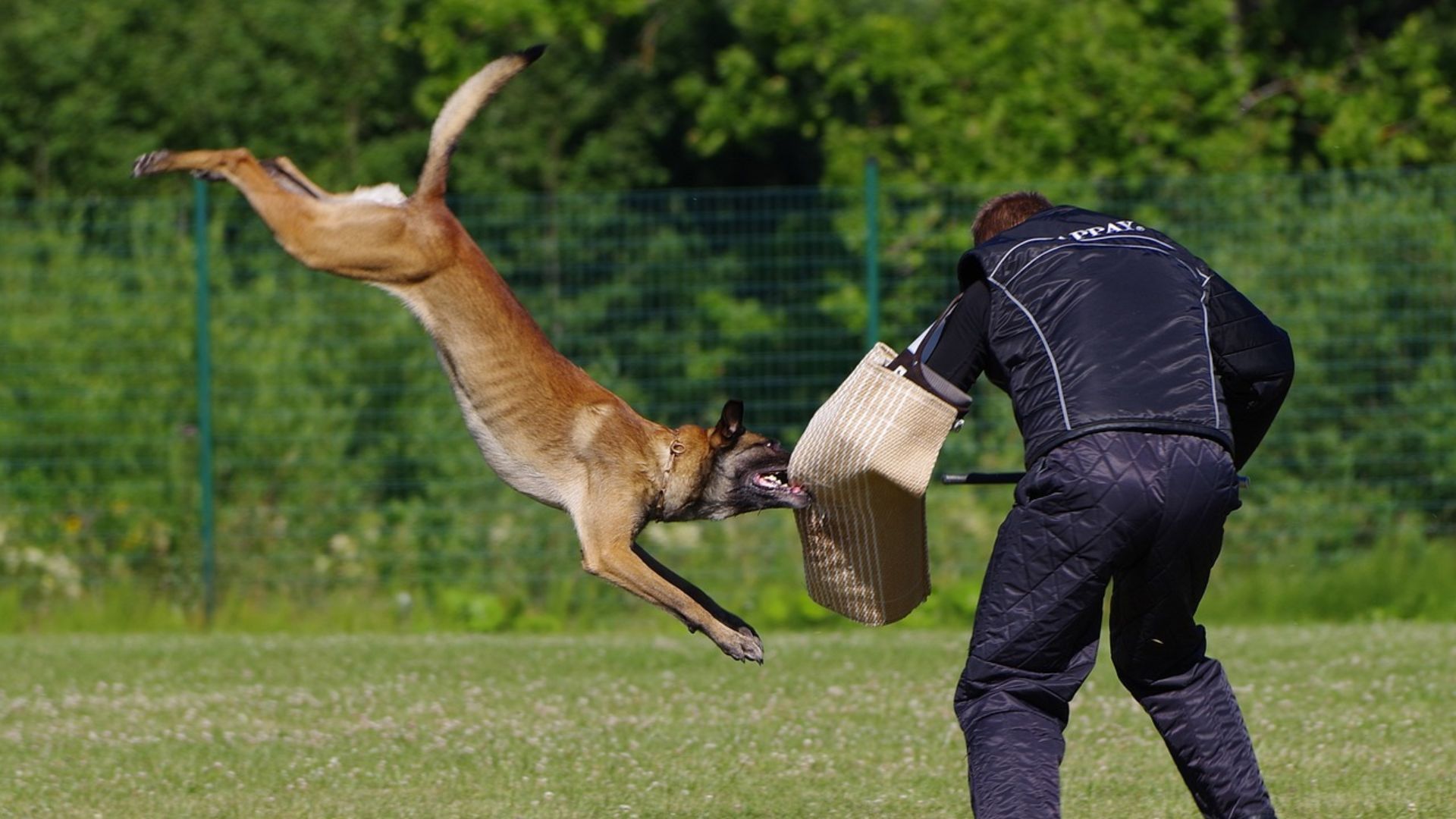Poor posture is an underlying cause of back pain.
Workout at your desk with these stretches that reduce tension, strengthen the back and help prevent slouching.
By Stephanie Mansour, originally posted on NBC News
If you’re sitting at your desk right now — like you do every day for eight-plus hours — there’s a strong chance you feel a twinge of discomfort somewhere.
Maybe it’s your lower back that starts to ache. Or your neck and shoulders get stiff by mid-afternoon.
Wherever the pain creeps up, it’s may be a sign that prolonged sitting is having an adverse effect on your body. Poor posture may also be to blame.
By now we’ve all heard about the importance of proper posture. It’s good for your muscles, bones, balance, internal organs, and effective in minimizing back pain.
Poor posture and a weak core are two of the underlying causes of back pain — and it’s often hard to avoid if you spend a lot of time behind a desk. You may not be able to ditch your desk, but there are simple movements you can do throughout the day to improve your posture to reduce back pain.
We’ve created three types of posture exercises: Seated exercises (that you can do right at your desk), standing exercises (you can perform anywhere in the office — even the elevator) and floor exercises (perform these when you wake up in the morning or get home at night). Each group of exercises focuses on two things: strengthening the upper back to keep the shoulders pulled back and prevent slouching, and stretching exercises to open up the front of the body, specifically the chest. Strengthening the upper back provides the support needed to keep the chest open, so the two work in tandem to help keep you upright (and reduce stress on the back).
Exercises that improve posture and ease back pain
Standing exercises
These moves can be done when you’re in an elevator, waiting in line or while you’re standing in the office kitchen waiting for your lunch to heat up in the microwave.
Reverse High Five
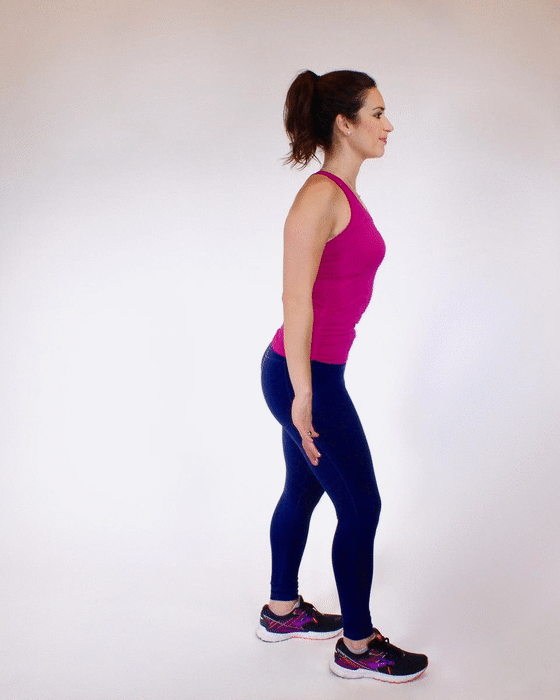
While standing tall, shrug your shoulders up towards your ears and then relax them down. Turn the palms to face the back of the room. Press the hands back as if you’re trying to give someone a double high five. Pulse 10 times and then rest.
Chest Opener
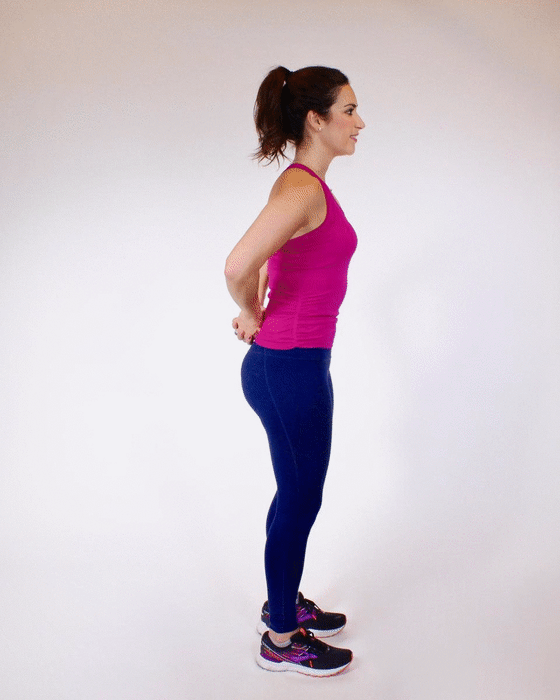
To stretch the front of the body, clasp your hands behind your back and push down towards the ground while reaching the arms away from the back of your body. Open your chest and lift your head up to feel a stretch across your chest. Hold for 5 breaths, and then release.
Seated exercises
These exercises are perfect for the office! You can sit at your desk in an upright chair and perform these stretch and strengthening exercises.
Goalpost Squeeze

While sitting upright, lift your arms up into a goalpost position with your elbows bent at a 90 degree angle even with your shoulders. Relax your shoulders down, and then pull the elbows towards the back of the room. Imagine that you’re squeezing a marble in between your shoulder blades as you work the upper back. Release. Repeat 10 times.
Armpit Opener
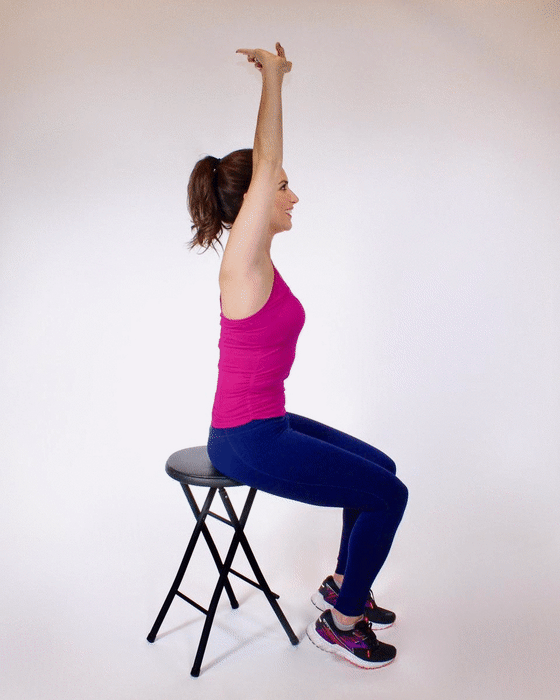
To open up the chest, reach the arms out to the sides and up and overhead, clasp the hands at the top. Stretch the arms up, and then bend the elbows towards the back of the room to stretch the chest and armpits. Hold for a breathe, and then straighten the arms back up. Repeat 10 times.
Floor exercises
These exercises can be performed in the comfort of your home on a yoga mat, rug or even in bed!
Mini Cobra
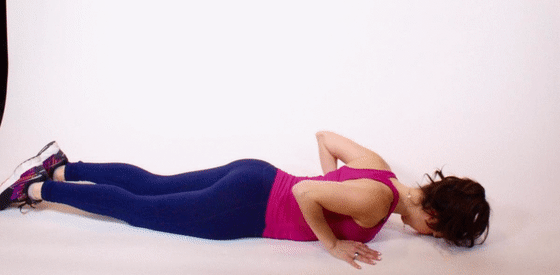
Lying down on your stomach, place your hands flat on the ground under your shoulders. Pull your naval in towards your spine, and squeeze your inner thighs together. Rest your forehead down on the ground. This is the starting position. Pretend that you’re pushing a marble forward with your nose, and bring your head forward and up as you press down through your palms to lift your shoulders and chest off the ground. Keep the elbows bent. Squeeze your shoulder blades together to work your upper back even more. Then, slowly lower back down to the ground resting your forehead down. Repeat this 10 times.
Arm Roll Stretch
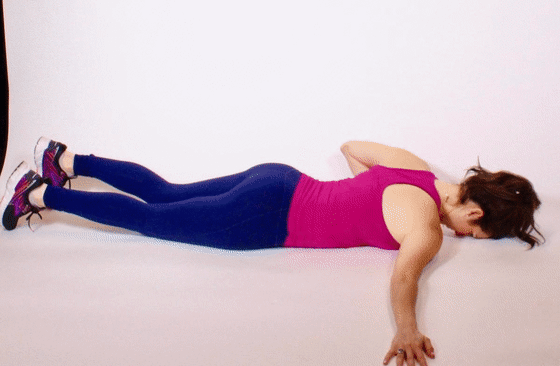
Lying down on your stomach, reach your right arm out to the right directly in line with your shoulder. Place your left hand on the ground under your left shoulder and use it to gently push your body to the right, rolling towards the right arm (while it remains on the ground). You can bend your left knee and place your left foot flat on the ground behind your right knee for stabilization. Hold this stretch for 30 seconds or 5 deep breaths. Feel the stretch in the front of the chest and in the armpit of the right side. Then repeat to the left side.
